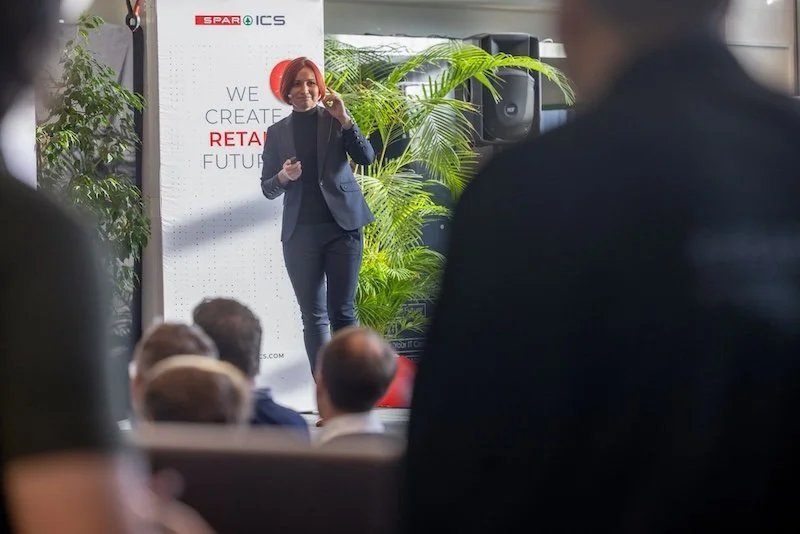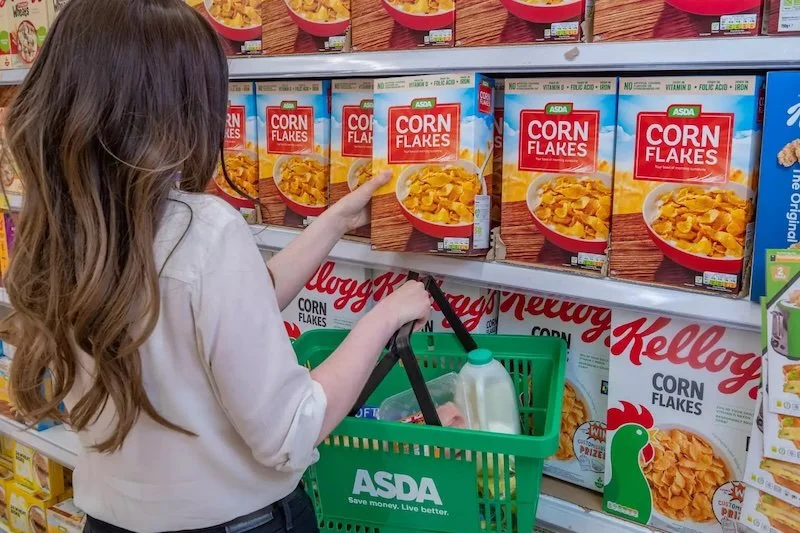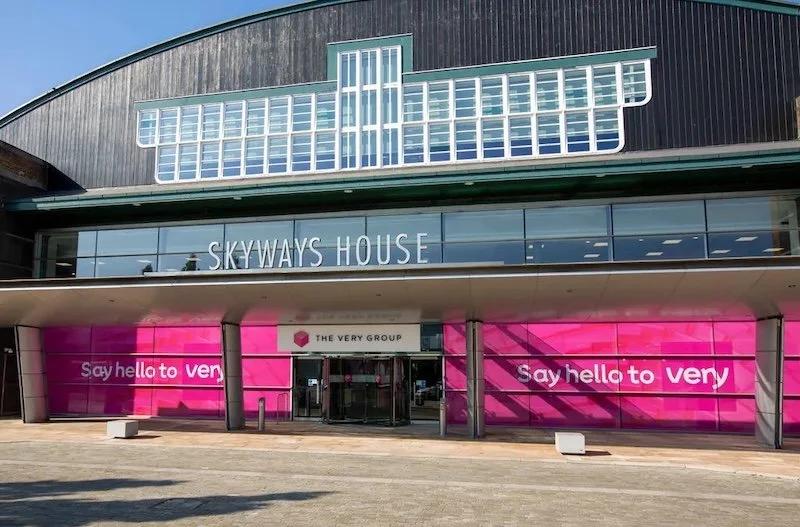The role of technology in tackling retail crime
By David Nicholls, CTO of Retail and Hospitality, Fujitsu UK&I
The retail industry has faced more disruption in recent years than most. The rise and dominance of e-commerce has changed the way consumers shop and whilst the store sits at the heart of our communities high street retailers have long been adapting to make their bricks and mortar presence viable.
Yet, among all the discussion and debate about how to build a thriving high street offering and tempt consumers back in store, there are other challenges that are keeping retail leaders awake at night.
One of the biggest challenges is the threat of incidents of violence, abuse and crime in the retail environment. According to recent BRC figures, these incidents are on the rise, with 108 shop staff attacked every day. And beyond the personal risk to employees, individual stores are also losing up to £4,000 a year due to in-store crime and abuse. Extrapolate that across some of the major national retailers, and that’s a sizeable financial impact.
It is clear that retailers must do more to protect their staff in their day-to-day role. Thankfully, as with other challenges in the retail space, technology is already providing solutions that help stores manage these high pressure situations and protect their store infrastructure and empower their people.
Tackling retail violence
When looking for a solution to the issue, it’s important to ask the question of why the number of incidents is so high in retail. And the answer isn’t simple.
A combination of factors are at play – including the perception that retail crime is victimless or is deemed lower priority than other categories of crime, and that police resources are under pressure and prioritised to investigate crimes categorised as serious. The combination of which has meant that many incidents go unreported as store colleagues are disinclined to report crime that will never be investigated.
However, the industry and national policing are taking steps to solve these challenges and seeking better ways to address retail crime. One such way that technology can help is to simplify and enhance retail crime reporting.
Encouraging retailers to report all crime so that retail crime can be understood at a national level and the data used to influence government thinking and introduce appropriate legislation to address a growing, yet often under reported problem.
Retailers are also exploring how technology can contribute to the safety of store colleagues and the security of the store.
Tools to boost security
The role of technology is two-fold: it can provide on-the-ground support for in-store staff, while also powering retailers’ back-end systems to improve the way in which stores monitor and act on criminal incidents.
For example, to protect retail employees and reduce theft, body cameras are already being trialled in stores by a handful of retailers. Previously, employees who witnessed a crime were often unable to challenge the perpetrator for fear of aggravating a situation. Now, the potential to record crime in progress is acting as a strong deterrent to perpetrators.
This is one of two reasons why companies that provide security services offer high-quality CCTV recording. They know that the presence of cameras is enough to make a potential criminal think twice (the other reason: video footage is excellent evidence if charges are pressed). .
Away from the shop floor, AI is being used to evolve retailers’ existing legacy CCTV systems. As the BRC report points out, there’s been a huge increase of crimes in stores and CCTV has historically been passive at drawing attention to security incidents. What’s more, the extent of real-time video surveillance footage can overwhelm security operations teams.
AI is now proactively assisting security teams to identify incidents of violence and can even alert them to the presence of weapons. This level of detail provides security teams with situational awareness and more informed decision making as to the best way to intervene; and the steps they should take to prevent an incident from escalating.
Something that many store staff are also aware of is that denying the purchase of age restricted items is often a major catalyst for violence and abuse. In the near future, we will see intelligent checkouts, which are capable of verifying an individual’s proof of age when purchasing items such as alcohol, helping reduce a major point of customer friction.
Embracing both technology and legislation?
Ultimately, for the safety of their staff and protection of their assets, retailers want to see crime treated more seriously with greater deterrents for perpetrators. Technology is one key part of this puzzle, but there needs to be support and investment from within the industry, policing and government.
And the introduction of appropriate legislation and police funding to ensure that front line retail store colleagues feel protected and that the store that sits at the heart of our communities remains a safe and secure environment for all.










Continue reading…